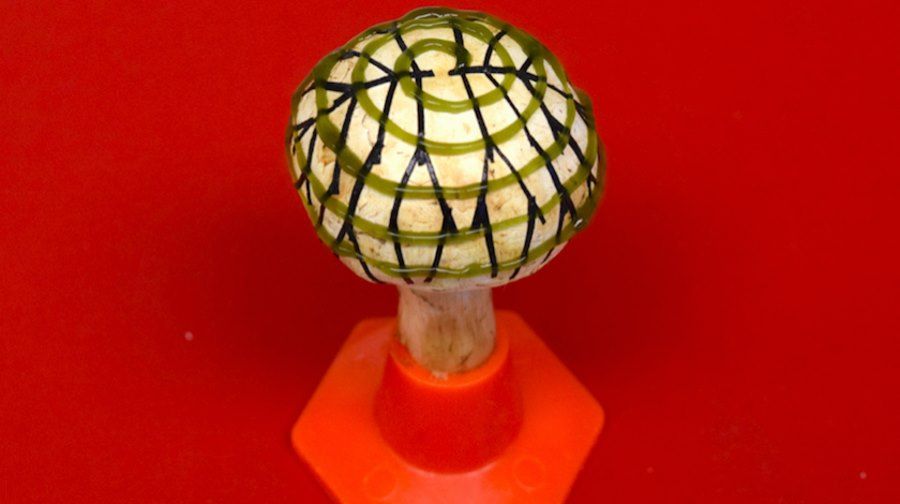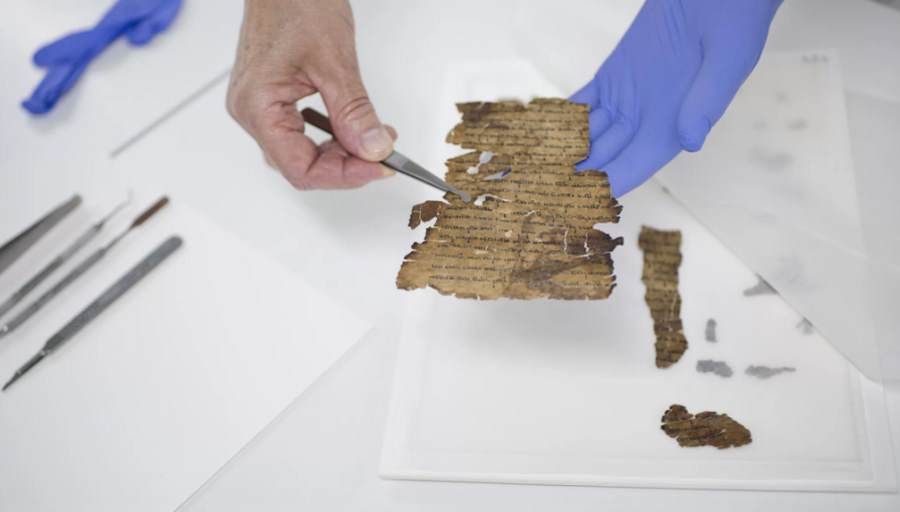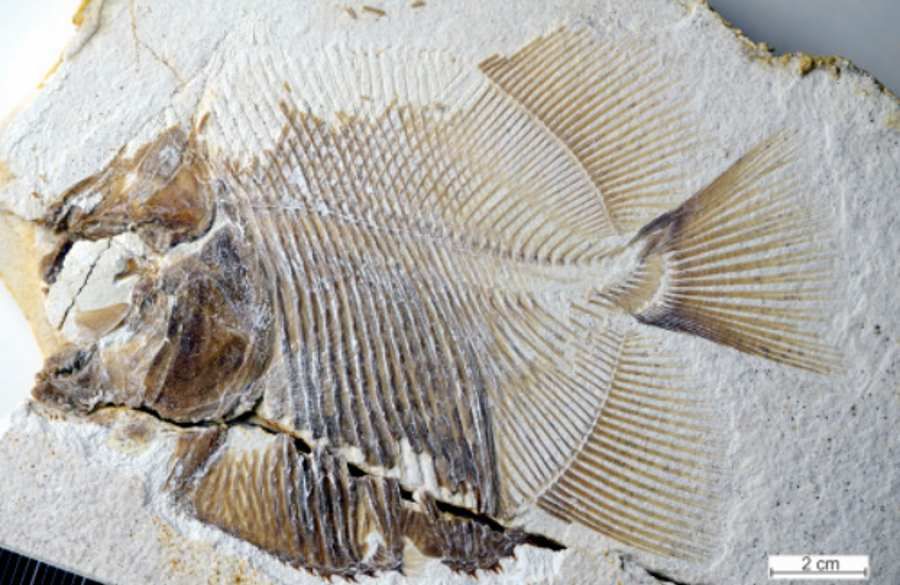A bionic mushroom that generates electricity
Scientists have turned an ordinary mushroom into an electricity generator. A popular mushroom enriched with cyanobacteria generates electricity and a graphene nanotube mesh wrapped around its cap captures the energy.
Such a hybrid with a mushroom in and bacteria could be used to power electrical devices. Although currently from a whole bed of such prepared mushrooms can at most power an LED, but perhaps in the future a similar technology will find application.
Current The mushroom is the work of a scientist at Stevens Institute of Technology. The work on such hybrids is part of a larger study and aims to better understand the functioning of com The researchers have developed a graphene mesh for capturing electricity from fungal caps in how to harness these complex molecular tools to produce new technologies and useful systems in defense, health care and environmental protection.
The results of the study were published in the journal „Nano Letters”.
– In this case, our system – a bionic mushroom – generates electricity by integrating cyanobacteria, which can generate electricity, with nanomaterials capable of capturing that energy. We were able to gain better access to the unique properties of one and other, extend them, and create an entirely new functional bionic system – said Professor Manu Mannoor of Stevens Institute of Technology.
The ability of cyanobacteria (cyanobacteria) to produce electricity is fairly well studied. However, scientists are limited to using these microorganisms in bioengineering systems, since cyanobacteria do not survive very long on artificial surfaces. Hence the presence of the mushroom in the system.
Researchers were wondering which material to use. It turned out that the popular fungus, which here a rich microbiome is naturally found, can provide the right environment. The presence of a component nutrients, proper humidity, pH and temperature is an ideal environment for cyanobacteria producing electricity.
In a study, researchers showed that cyanobacteria lived longer on a mushroom cap in a pore In combination with silicone or dead fungus, who They played the role of a control group.
– Fungi essentially serve as a suitable environmental substrate with the advanced functionality of nourishing energy-producing cyanobacteria. We have demonstrated for the first time that a hybrid system can support artificial wsp The collaboration or engineered symbiosis between the two r The biohybrid system has been developed with the use of microbial lemmings – noted Sudeep Joshi, co Author of the publication.
The researchers used 3D printing technology. With it, they printed graphene grids to capture electricity from the mushroom caps , and by changing the grapheme ink to a blue-green algae biotouch, they covered the mushroom cap with a spiral pattern of cyanobacteria that ry intersected with graphene ink in many places. By directing light at the mushrooms, the cyanobacteria generated energy through the process of photosynthesis. At the intersection of the ink electrons released by cyanobacteria passed into a conductive network made of nanowires.
In addition to the fact that cyanobacteria lived longer on mushrooms, researchers have also shown that the amount of electricity produced by these bacteria can be r The density of the whole system. By squeezing a printed array of cyanobacteria and graphene nanotubes together, the researchers were able to increase electricity generation from a single mushroom by a factor of eight.
– Thanks to our work, we can imagine the enormous possibilities and potential for applications of biohybrid systems in the next generation. For example, some The bacteria can glow while others sense toxins or produce fuel. By integrating these microorganisms ith nanomaterials, we could potentially realise many other amazing biohybrid systems in environmental, defense, health care and many other areas – emphasized Mannoor .
Source: Source: Stevens Institute of Technology, photo. Sudeep Joshi/ Stevens Institute of Technology



